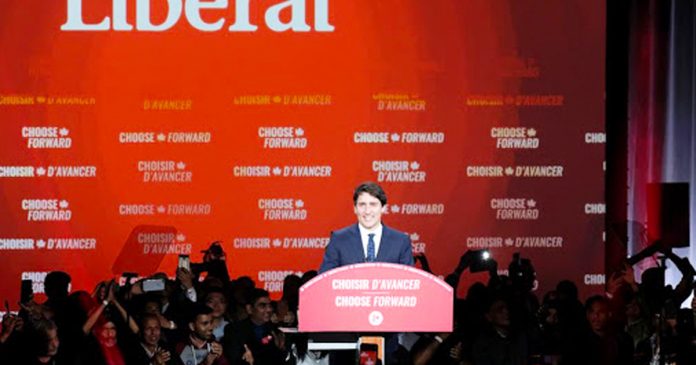Alberta is increasing financial support to its Chief Firearms Officer by over $700,000 this year to speed up the process of gun licences and transfers.
Since the federal government announced an impending ban on handgun sales and transfers, Albertans have rushed to buy or transfer handguns while they still can.
The funding will allow the Chief Firearms Officer to hire more staff to process licence applications, transfers, authorizations to carry and more from Alberta, said Justice Minister Tyler Shandro.
“Funding provided today will patriate administrative work that Albert is able to legally take over under the Firearms Act, enabling this work to fall under the direct authority, under the supervision and under the management of the Alberta Chief Firearms Officer,” Shandro said Thursday morning.
Recent federal legislation effectively banning handguns has led to an unprecedented increase in sales and transfers of more than 178,000 handguns since spring, according to a government briefing. Applications are typically processed in Miramichi, N.B., by the Canadian Firearms Program, which is administered by the RCMP.
Some gun owners have been waiting more than six months for their license or transfer to be processed, the government says.
The total funding for the Chief Firearms Office will grow to more than $7 million next year and $5.2 million the year after, the government says. The office can hire 40 new positions.
There’s a significant backlog of cases and the federal service centre is unable to meet Alberta’s needs, said Alberta Chief Firearms Officer Teri Bryant. The office’s existing workload has been compounded by federal decisions, including the looming federal confiscation program and the national handgun freeze, Bryant said.
“Today’s announcement will support us in adequately staffing our office with a focus on hiring local to better serve Albertans,” Bryant said. “It will significantly enhance our level of service to align with the expectations of Albertans in keeping our communities safe.”
Premier Jason Kenney said the Trudeau Liberals are unnecessarily “harassing” law-abiding firearms owners, rather than focusing on the criminals who actually abuse firearms. Legal license applications and transfers are now sitting in “federal limbo,” he said.
“Just like they can’t process passports on time, apparently (the federal government) can’t get that done for firearms licences,” Kenney said. “But Alberta will no longer wait for Ottawa to fix the mess that they have caused.”
The Alberta Chief Firearms Office was created in 2021 to assert provincial jurisdiction over firearms policy, in part by processing such matters within the province.


























